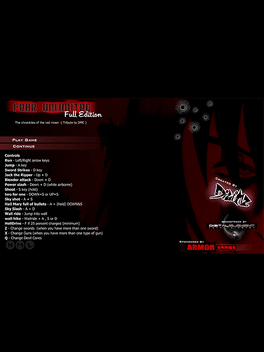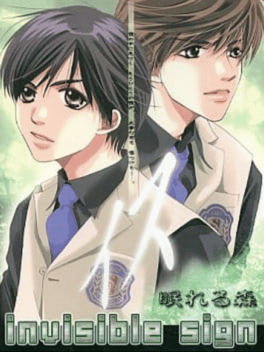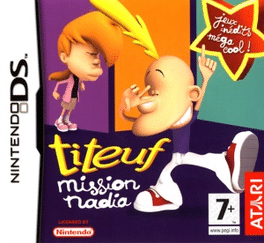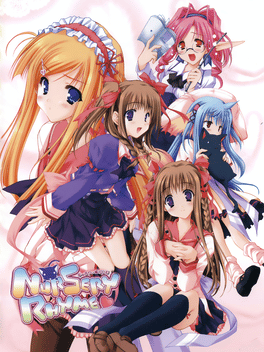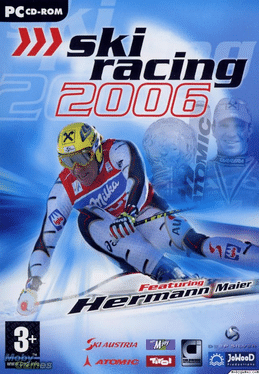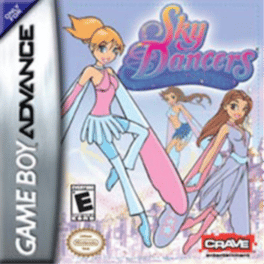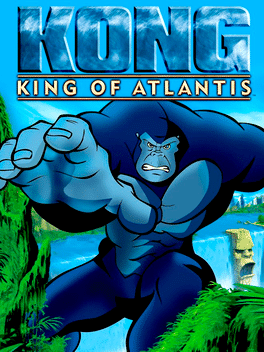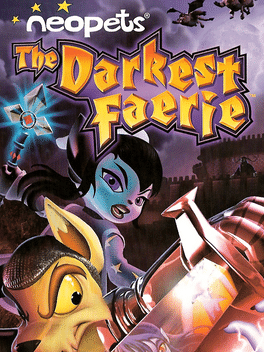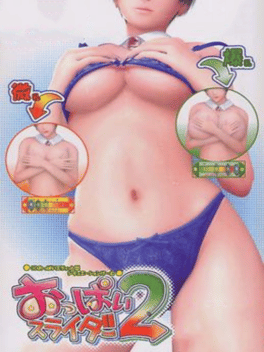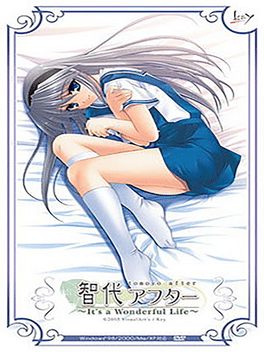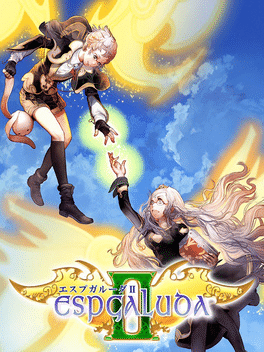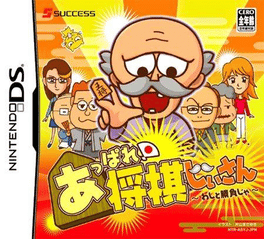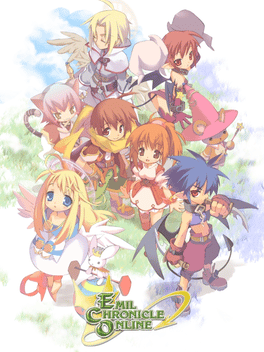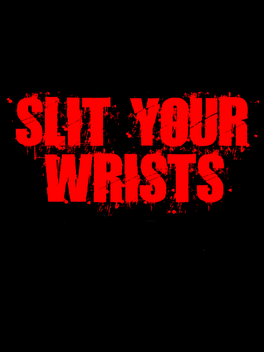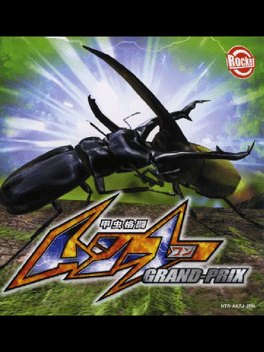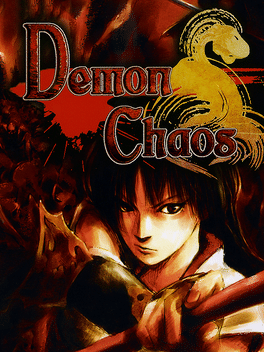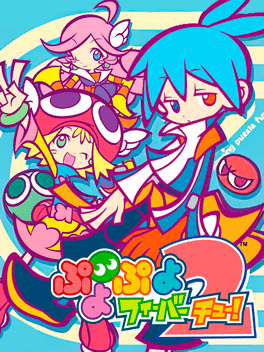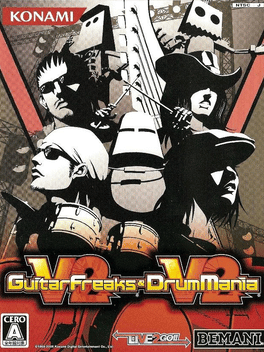New Games - Page 10349
-
Fear Unlimited
2005
-
Invisible Sign: Isu - Nemureru Mori
2005
It is still a story about the mystery of the unsolved incident happened 20 years ago that has something to do with present suspicious events, but the main difference is in the big number of different endings. There are also new characterswith their own stories and endings and the possibility to see the true end with the eyes of another protagonist. -
Nursery Rhyme
2005
Nursery Rhyme
2005
Nursery Rhyme is a Japanese adult visual novel developed by Lump of Sugar and released on November 25, 2005 for Windows. The game, taking place 500 years after the events of Tayutama: Kiss on my Deity, is set in a fictional Japan where the existence of magic has been recognized by society, and thus has been the subject of much research. Magic is also applied to everyday life; for example, stuffed toys are able to talk. Users of magic must wear a special ring which controls their powers, and are urged to blend in with society. Despite Nursery Rhyme being set in the future, Japan's culture is depicted as unchanged for the most part. Many of the characters attend Shousei Gakuen, a prestigious all-girls school which provides its students with magic classes, as well as academic courses. Shousei Gakuen hosts a female-dominated sport event known as Sophilos. -
Sky Dancers: They Magically Fly!
2005
Sky Dancers is a game made for girls based on the Sky Dancers line of toys. Young adventurers can fly off on an exciting journey with Angelica, Camille and Jade! Queen Skyla has chosen the best dancers from her High Hope Dance Academy to defend the Wingdom from the evil Sky Clone and his wicked servants and henchmen. Sky Clone has spirited away the Queen so he can take over the Wingdom, and the Sky Dancers must use their magical feathers and new special skills to save the day. The game features collectible in-game Sky Dancers costumes and hair accessories that may be traded via the Game Link cable, five unique levels of play, and three mini games: "Angelica's Perfect Aim," "Jade's Sky Slalom," and "Camille's Treasure Hunt." -
Kong: King of Atlantis
2005
Kong: King of Atlantis is based closely on the companion movie to Kong: The Animated Series, incorporating the plot of the video version in an action-packed, side-scrolling adventure. When an ancient prophecy starts to come true, the sunken city of Atlantis begins to rise. The evil Queen Reptilla plans to trick Kong into becoming her King, using him as her slave to unite the warring clans of Atlantis for her own evil gains. In a race against time, Jason must convince Kong that Queen Reptilla is evil, in the hope that together they can save the islands of Kong and Atlantis and their inhabitants. -
Neopets: The Darkest Faerie
2005
Players control Tor and Roberta, two animal-like Neopets on a quest against evil. By switching between the two at any time, players can use Tor's up-close melee attacks or cause damage from afar with Roberta's spells. This game stays faithful to the traditional third-person action-adventure. Magical items and weapons gained along the way will develop the characters' abilities and strengths. In particular, elementally-aligned motes can be attached to weapons and armor as a combat bonus. There are many puzzles and side-quests along the way, and players will fight evil Neopets. -
Oppai Slider 2
2005
Oppai Slider 2
2005
star 6.9In Oppai Slider 2, the player can choose between three different scenarios, each starring a girl in a different role: a nurse (with the player as a doctor), a maid (whose master is the player), and a "sailor", who is simply a girl the player has to teach how to swim. It is actually the same girl, named Asakura Koyori, in three different stories. -
Tomoyo After: It's a Wonderful Life
2005
Tomoyo After: It's a Wonderful Life is a Japanese adult visual novel developed by Key. Key later released versions of Tomoyo After without the erotic content. The story follows the lives of Tomoya Okazaki, a young man who recently graduated from high school, and his close friend Tomoyo Sakagami as they start to see more of each other in a romantic relationship. -
Sharin no Kuni: The Girl Among the Sunflowers
2005
Early summer. A society which imposes special "Duties" upon everyone who breaks the law. The individuals who oversee these criminals' rehabilitation are the "Special Elite"ーa rank the protagonist, Kenichi Morita, hopes to attain. To do that, he must pass his final exam, for which he arrives at a certain country town. At the school Kenichi attends, he encounters girls bound by various “Duties.” Those obligated "to observe a 12-hour day" are forbidden from being awake for more than 12 hours per day, and those obligated "to remain in infancy" cannot grow up. It is meeting Natsumi Hinata, the girl who "cannot fall in love," that throws him out of gear. Soon, Kenichi makes a series of odd discoveries… his own grave, erected secretly on a clifftop; his patrimony, hidden deep inside a cavern. Kenichi finds that he must search for his own atonement in this dystopian society. What is the truth behind the Land of the Spinning Wheel? Discover for yourself through Kenichi's eyes! -
Espgaluda II
2005
Espgaluda II
2005
star 8.3Espgaluda II is a manic shooter originally released by Cave in the arcades in 2005 as a sequel to Espgaluda. -
Appare! Shogi Jiisan
2005
-
Emil Chronicle Online
2005
Emil Chronicle Online was a 3D Japanese fantasy MMORPG with anime-style graphics. Set in the land of Acronia, the game featured twelve classes spread among four races, each with a particular advantage (agility, magic, or strength). Along with a series of quests and battles, the game featured a few standout modes including its marionette system, where players could transform their characters into marionettes, which were Pokémon-like surrogates. Marionettes could live in the world even when players had logged out. There was also a standard pet system outside of this. Players could also turn their characters into weapons that other people could use, gaining both experience. PvP was in RvR format, and massive battles were scheduled regularly in advance for different level groups. -
Konjiki no Gashbell!! Yuujou no Zakeru: Dream Tag Tournament
2005
Konjiki no Gashbell!! Yuujou no Zakeru: Dream Tag Tournament is the third game in the Unare! Yūjō no Zakeru series, developed and published by Banpresto in game that released in Japan. -
Slit Your Wrists!
2005
-
Kouchuu Kakutou: Mushi 1 Grand Prix
2005
A groundbreaking beetle battle game with intense, action-packed fights like never before! Over 30 different species of kabutomushi and kuwagatamushi (rhinoceros and stag beetles) appear in full CG and 3D models. Use enhancement items called "Suppli" (Supplement) on your beetles, equip them with special moves known as "Suppli Techniques", and customize your original battle strategies. Strive to become the ultimate Mushi-1 Fighter! -
Demon Chaos
2005
Demon Chaos
2005
It is set in feudal Japan in the 16th century and revolves around a priestess who has been given eternal youth until she exterminates all the demons. She has been given charge of a mystical beast from the gods, Inugami, which is controlled by the player. The game is in vein of the well known Dynasty Warriors series, in which the player battles crowd after crowd of hostile enemies. The unique aspect of the game is that up to 65,535 enemies can be on-screen at once. -
Puyo Puyo Fever 2
2005
Puyo Puyo Fever 2
2005
star 7.4Puyo Puyo Fever 2 is a video game developed by Sonic Team and published by Sega. The game was released as a sequel to the previous title, Puyo Pop Fever. The gameplay remains relatively unchanged, but several new modes are introduced.

